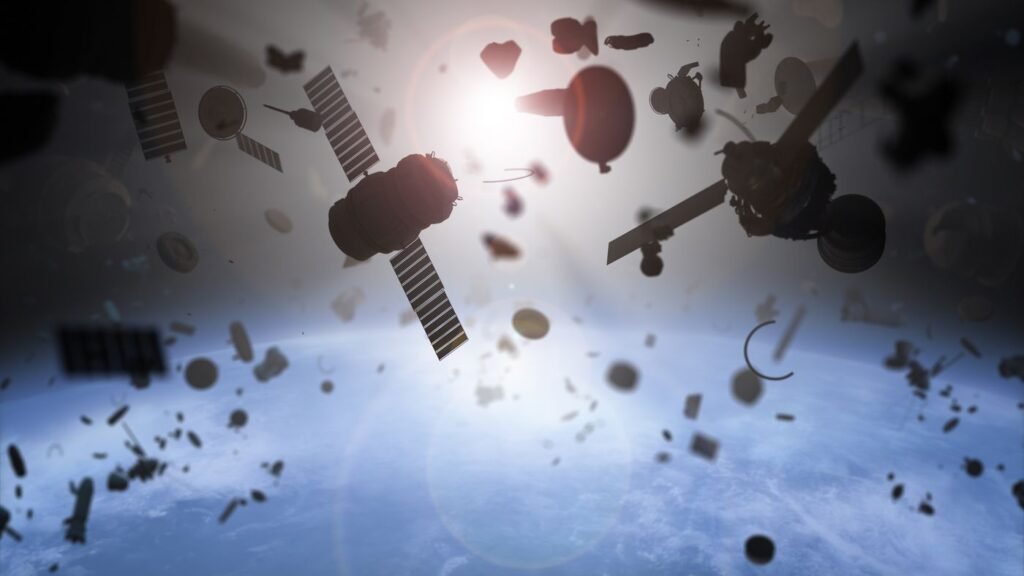For years, space agencies have championed clearing out space junk – old satellites and debris – to prevent collisions and keep Earth’s orbit tidy. However, a new theory challenges this approach, raising concerns about its potential impact on Earth’s magnetic shield.
Sierra Solter, a plasma physicist and former Air Force research scientist, argues that burning up defunct satellites in the atmosphere might spew harmful materials that disrupt the delicate balance of the ionosphere and magnetosphere – the protective layers safeguarding us from harmful solar radiation.
Solter points to the rapid growth of private space ventures like SpaceX, launching mega-constellations of satellites. While these ventures fuel space exploration and communication, Solter warns that their disposal through atmospheric re-entry could be catastrophic and add to space junk.
Her primary concern is the release of metallic ash from this space junk, exceeding the mass of an Eiffel Tower annually, during these burn-ups. This ash, particularly aluminum particles, could damage or even breach the ozone layer, exposing us to harmful radiation.
But Solter’s most concerning hypothesis involves the sheer volume of conductive materials accumulating in the upper atmosphere. This “trash cloud,” as she terms it, could disrupt or deflect Earth’s magnetic field, leaving us vulnerable.
“We’re essentially turning Earth, a giant magnet, into a trash can filled with fast-moving metal,” argues Solter. She urges for a more cautious approach to satellite internet and further research into the environmental consequences of space debris disposal. Until we fully understand these potential risks, she suggests a critical re-evaluation of our reliance on such technologies.
Reference- Futurism, The Guardian essay, Forbes, SpaceX website
